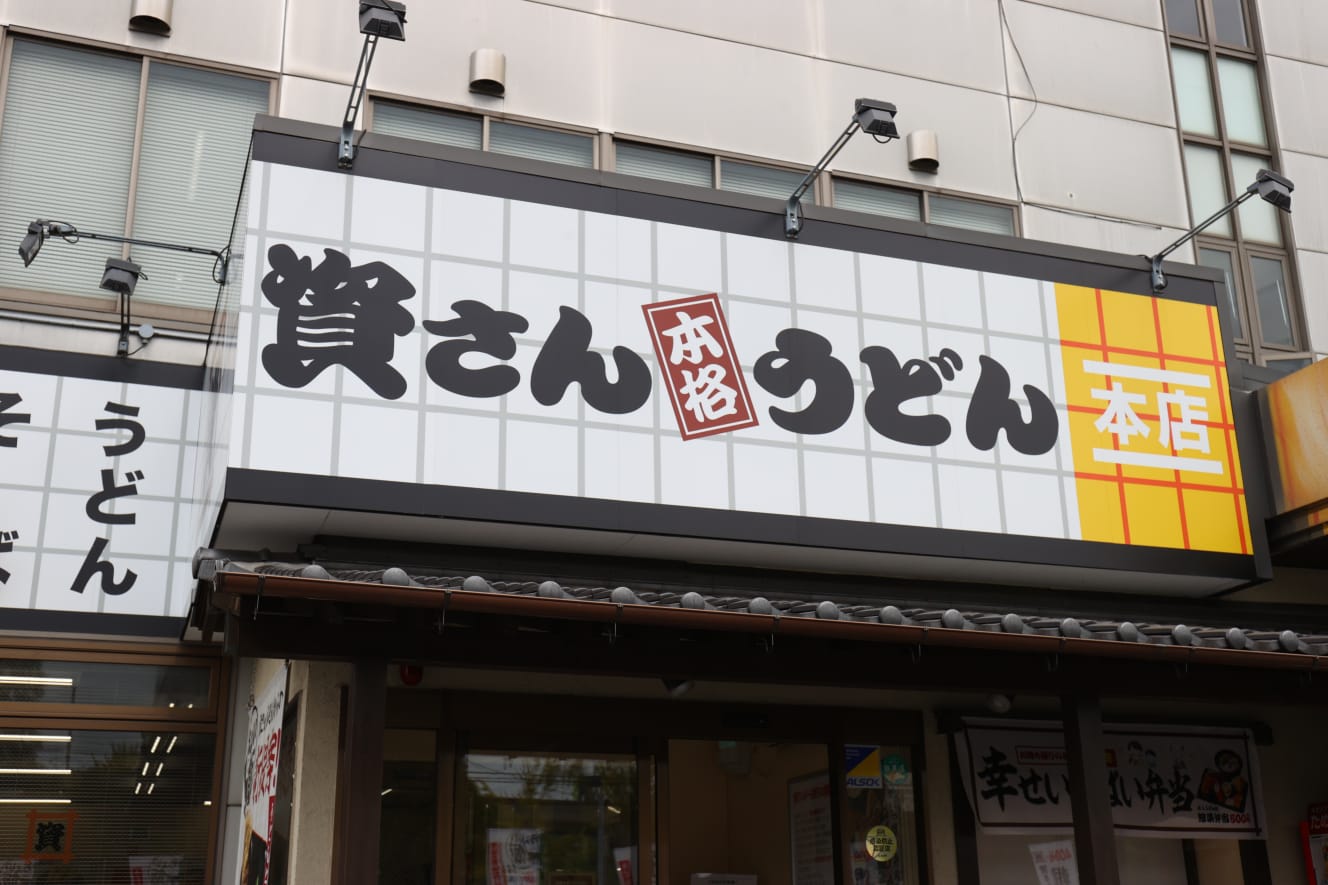Melt-in-your-mouth softness…The new booming taste of “Shisan Udon” from Kyushu to Tokyo “Marugame Seimen” is no threat.
What is the "addictive taste not found in Tokyo" that this reporter experienced?
About 170 people lined up on the day of opening.
The texture is unfamiliar to those of us in Tokyo, but it seems addictive. The noodles are so soft that they seem to melt in your mouth, but they are firm at the core. The slightly thick, sweet broth is also an unforgettable taste.
The reporter had the “Meat and Burdock Tempura Udon” (770 yen), a mainstay product of “Shisan Udon” (headquartered in Kitakyushu City, Fukuoka Prefecture; hereafter “Shisan”). The first time “Shisan” made its way from Kyushu to Tokyo was in February of this year (at its Ryogoku branch). On the day of the opening, the shop was so successful that there was a line of about 170 people waiting in line. The first opportunity for Kyushu’s soul food “Shisan,” which has been in business for nearly 50 years, to expand into the Kanto region came in October of last year.
Takashi Matsuzaki, an economics journalist with extensive knowledge of the food industry, said, “The first time we opened a restaurant in the Kanto region was in October of last year.
The major restaurant company, “Sukairaku Holdings,” acquired it under its umbrella. In the food industry, there is a difference in taste preferences between East and West, so much so that it is difficult for a chain restaurant from Western Japan to make inroads into the Kanto region. Shis-san would not have been possible without the backing of Suhailaku.
Last December, “Shisan” opened its first Kanto store in Yachiyo City, Chiba Prefecture. The restaurant’s sales are said to be about 2 million yen per day. While the daily sales of a family restaurant are said to be around 400,000 yen, this is an astounding figure. Mr. Matsuzaki continues.
If we assume a per-customer price of 800 yen, we would have about 2,500 customers a day. The main seating is in boxes that can accommodate four to six people. Conventional udon chain restaurants give the impression of being close to a stand-up restaurant, but in the suburban area of Yachiyo, we believe that our success in attracting family customers who want to enjoy a leisurely meal has contributed to our good business performance.
Until now, the two leading udon chains were “Marugame Seimen” (approximately 840 stores nationwide) and “Hanamaru Udon” (approximately 410 stores). Even with its entry into the Kanto region, does “Shisan,” with approximately 75 stores, have a chance to win?
We have a good chance to win in the Kanto region.
Although they are certainly udon chains, the quality of udon and the services offered by Marugame and Hanamaru are different, and I don’t think there will be strong competition between them. As for the quality of udon, Marugame’s udon is chewy and hard, Sanuki-style, while Shisan’s is the exact opposite, soft and tender. Shisan” is the exact opposite, with a soft Kitakyushu style. While “Marugame” focuses on udon, “Shisan” has an extensive menu. There are more than 50 kinds of udon alone. If you include rice bowls, there are over 100 varieties, and there is also a full lineup of sweets such as bracken rice cakes and soft-serve ice cream.
While “Marugame” and “Hanamaru” are mainly self-service restaurants and mainly target working people, “Shisan” is a full-service restaurant where customers can order by tablet and eat in a relaxed atmosphere, making it popular among families as well. It can be said to be an udon-style family restaurant that can be enjoyed by the whole family. Even if the number of Marugame restaurants increases rapidly in the future, Marugame should not pose a major threat because there are few similarities between the two restaurants. With few rivals, I think Shisan has a good chance to win in the Kanto region,” said Matsuzaki.
In addition to being a successful business, there is also the possibility that “Shisan” could create a huge boom.
Until now, the main type of udon has been the hard Sanuki style, such as Marugame. The soft texture of “Shisan” is both novel and unexpected, and may become a new trend. In the past, soy sauce was the main type of ramen in Tokyo, but pork bone and Hokkaido-style miso flavored ramen made inroads, triggering a “local noodle boom. A new “udon boom” may be on the way, thanks to “Shisan,” which is unknown to those who live in Tokyo.
The novel softness of the udon noodles is sure to grab the stomachs of Kanto residents.
PHOTO: YUTAKA/Afro
